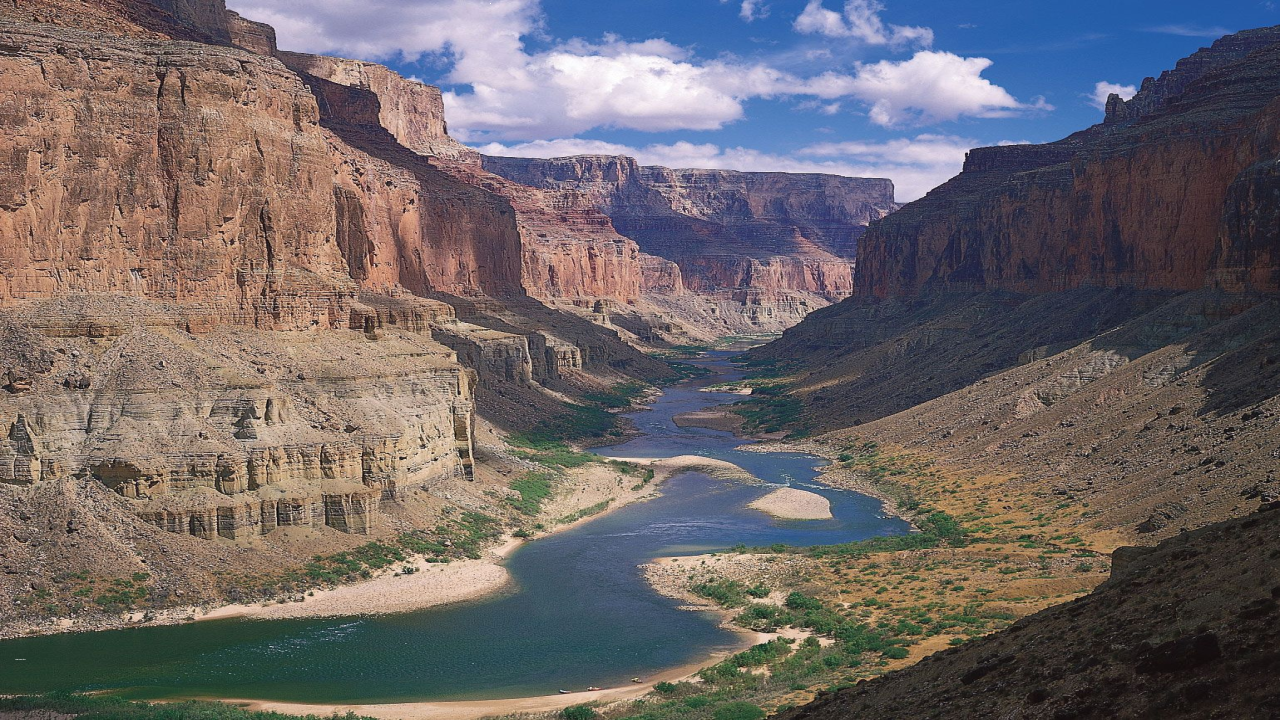Colorado River Conservation Deal
Seven states, including Arizona, California, and Nevada, have achieved a “historic consensus” on conserving water from the Colorado River. The agreement signifies a collective effort to address the challenges posed by ongoing drought conditions and the necessity to manage water resources more efficiently.
Targeted Water Conservation
Through voluntary measures, the states aim to conserve 3 million acre-feet (3.7 billion cubic meters) of water by 2026. This translates to a reduction of approximately 13 percent in water usage over three years. Such conservation efforts are essential to mitigate the impact of drought and ensure long-term sustainability.
Declining Water Flow
The Colorado River has experienced a decline in water flow by approximately 20 percent since the 1900s. This alarming reduction is largely attributed to the exacerbating effects of climate change, which have contributed to prolonged drought conditions in the western United States.
Upper Basin States
The upper basin of the Colorado River comprises Wyoming, Colorado, Utah, and New Mexico. These states are critical stakeholders in managing the water resources flowing into the Colorado River and have an important role to play in addressing conservation challenges.
Federal Compensation
In exchange for the water usage reductions, California, Arizona, and Nevada will receive $1.2 billion in federal compensation. This financial support acknowledges the efforts made by these states in implementing water conservation measures.
Contributing Factors to Plummeting Water Levels
The plummeting water levels in the region are a result of multiple factors. Climate change, with its rising temperatures and changing precipitation patterns, has significantly impacted the availability of water resources. Additionally, growing demand and overuse have put additional strain on the already limited water supply.
Month: Current Affairs - May, 2023
Category: International / World Current Affairs


